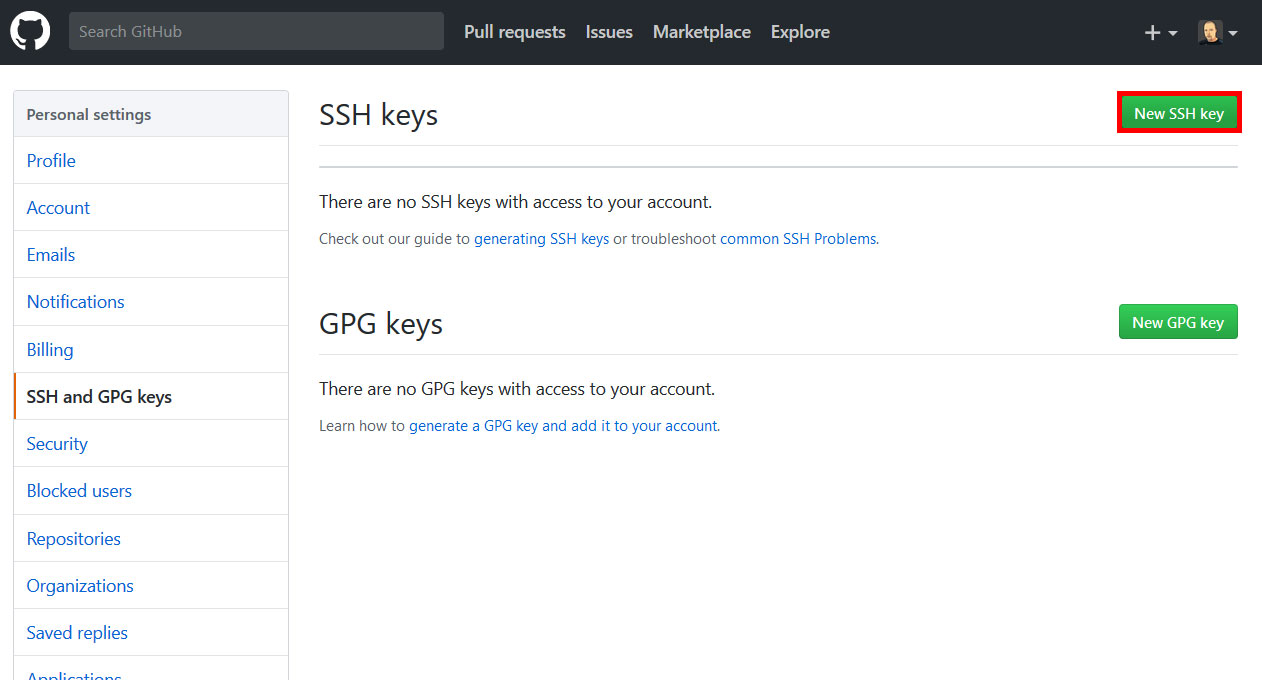SSH keys provide a simple and yet extremely secure way to connect to a remote computer or a server.
You can get $25 at UpCloud to test SSH features: https://upcloud.com/signup/?promo=alu25
In this video, you will learn:
0:41 Why use SSH keys
1:23 How to create SSH keys
2:14 What’s the difference between private and public keys
2:45 How to add SSH keys to a remote computer
5:18 How to disable password login and allow only the SSH key login
6:35 How to use SSH keys for password-less login
7:19 How to use SSH authentication agent and avoid typing you ssh key passphrase many times
The commands are available at https://averagelinuxuser.com/how-to-use-public-key-authentication/
How to Set up a Virtual Private Server https://youtu.be/KD6tR_0TozQ
How to install SSH keys https://youtu.be/47hjFcf8LKk
All Linux Server tutorials https://www.youtube.com/playlist?list=PLSmXPSsgkZLthWDi-saRez602Y8uixQBC
Tags: #SSH #UpCloud #AverageLinuxUser
################################################
Website: http://averagelinuxuser.com/
Facebook: https://www.facebook.com/AverageLinuxUser
Twitter: http://twitter.com/AVGLinuxUser

Git Set Public Ssh Key
SSH keys provide a more secure way of logging into a server than using a password alone. While a password can eventually be cracked with a brute force attack, SSH keys are nearly impossible to decipher by brute force alone. Generating a key pair provides you with two long strings of characters: a public and a private key. .and then make the necessary folders for ssh and a file for authorizedkeys: # cd /root # mkdir.ssh # cd.ssh # nano authorizedkeys Then put the relevant public key in here, I pasted mine in from near the top of Putty-Gen, and save / write-out. Then restart the sshd daemon, still as root, with: # systemctl restart sshd # exit # exit. Set up SSH Keys Now that we got Git running, it is time to set up SSH keys for Git, so that we don’t need to input password every time. It is more convenient but also safer. The concept is we create a public/private key pair; put the public key to the remote server, and keep the private key on your local machine.

